I have a .dbf file from an old clipper program here in the company an I added it to a data dictionary in ADS 12 Evaluation, with the associated index files of the dbf (.ntx)
The fields are :
account,type,billmo,bill,kwhr,amount,pay,present,previous,forex,fpca,pfcharge,demand,demandchg,rebate,paydate,dummy,raffle,enerchg,others,pf,adj,datebill,billstat,insert,tendered,meter,adj2,lifeline,e_vat,w_tax,add_chg,restruc,mtrr,senior
and containing 300k+ rows.
The .dbf contains 4 .ntx (index) files, and one of them has the expression account+billmo.
When i execute the a simple query:
SELECT * FROM TABLE.DBF WHERE account='000000...' AND billmo = '2016...'
It takes like 16 seconds or more. Also on deleting:
DELETE FROM TABLE.DBF WHERE account='...' AND billmo = '...'
It is still the same.
I don't know how to use index (.ntx) on the query, i have search the google and tried something like
SELECT * FROM TABLE.DBF use index TABLE1 WHERE account = '...' AND billmo = '...'
But it doesnt work.

